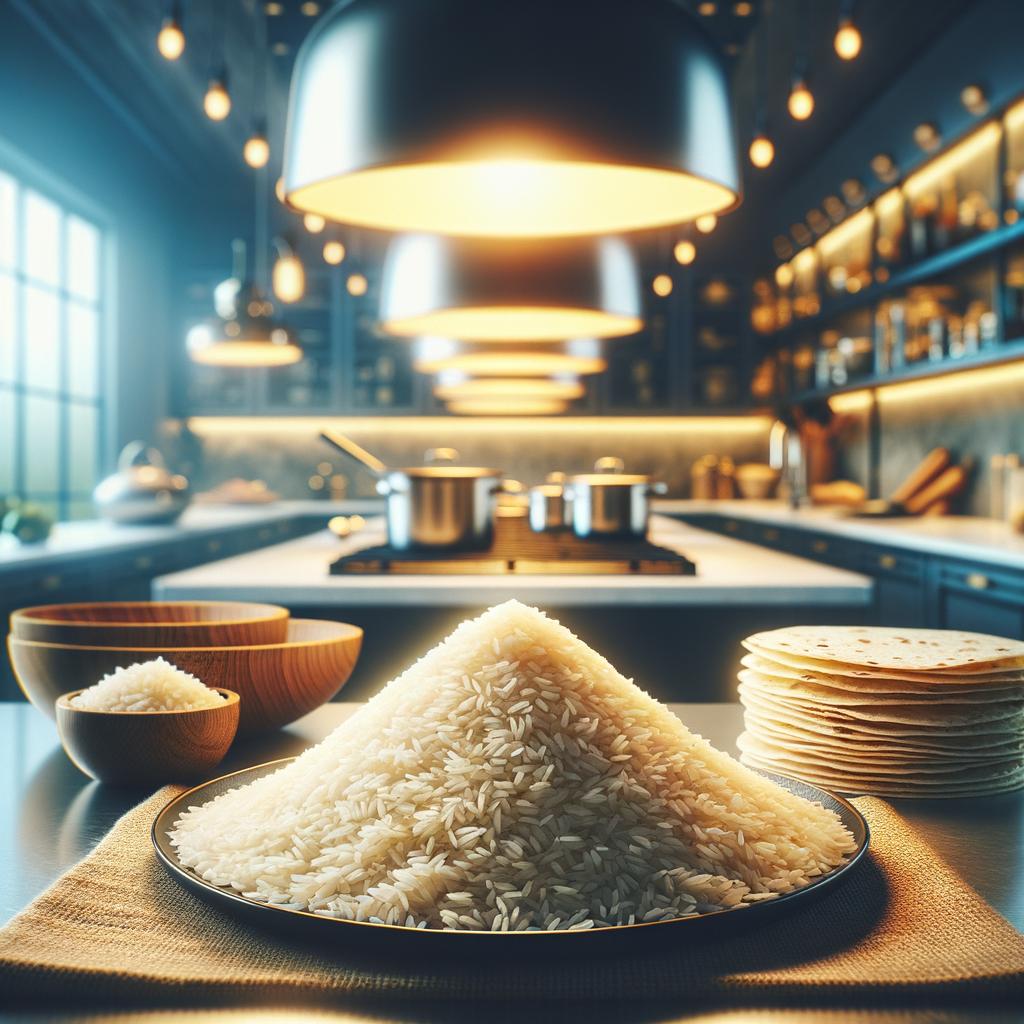Cooked Rice or Tortillas

Description
Let's delve into the humble yet dynamic ingredient that is cooked rice. In its simplest form, cooked rice is a canvas of pure white (or brown, black, and red depending on the variety), soft yet firm to the touch, and subtly fragrant. The grains are plump and tender, each one distinct yet harmoniously blending with its companions. The flavor is mild and slightly nutty, a versatile base that can absorb and enhance other flavors. What sets rice apart is its incredible diversity. From the aromatic Basmati of India to the sticky glutinous rice of East Asia, each variety brings its own unique characteristics to the table.
Primary Uses
Cooked rice is a universal ingredient, a staple food for more than half of the world's population. It is the backbone of countless dishes across various cuisines, from the sushi of Japan, the paella of Spain, to the jambalaya of Southern United States. It is also used in desserts like rice pudding and in beverages like sake. Beyond food, rice has cultural and religious significance in many societies, used in rituals and ceremonies.
History
The history of rice is as old as civilization itself. Originating in ancient China over 9,000 years ago, it has journeyed across continents, shaping and being shaped by the cultures it encountered. In many Asian cultures, the word for 'rice' is synonymous with 'food', illustrating its central role in their diets. The story of rice is one of survival, sustenance, and celebration. It's been a symbol of fertility, prosperity, and even a form of currency in certain periods of history.
Nutritional Information
Rice is a powerhouse of energy, providing high levels of carbohydrates. It also offers essential nutrients like Vitamin B1 (thiamine), and minerals like manganese and magnesium. Brown rice, with its intact bran layer, provides additional fiber and nutrients. However, it's important to note that rice, especially white rice, can lead to spikes in blood sugar levels. Compared to other grains like quinoa or bulgur, rice has a less balanced nutritional profile, but its versatility and cultural significance make it an irreplaceable part of our diets.
Turn the page, and let's journey together through the rich tapestry of rice, from its humble origins to its place in our plates and hearts today.

